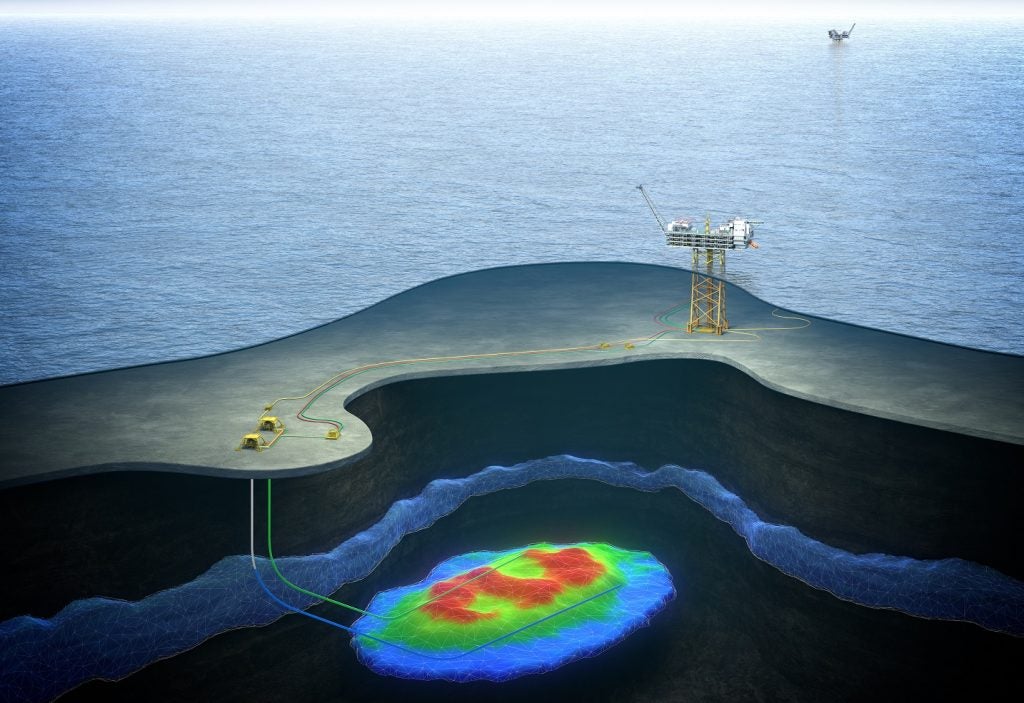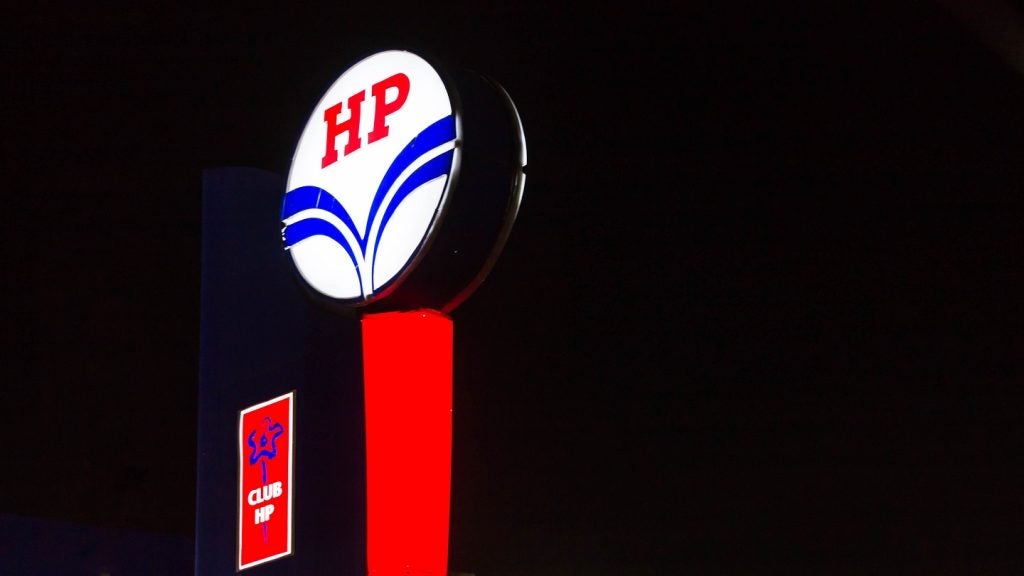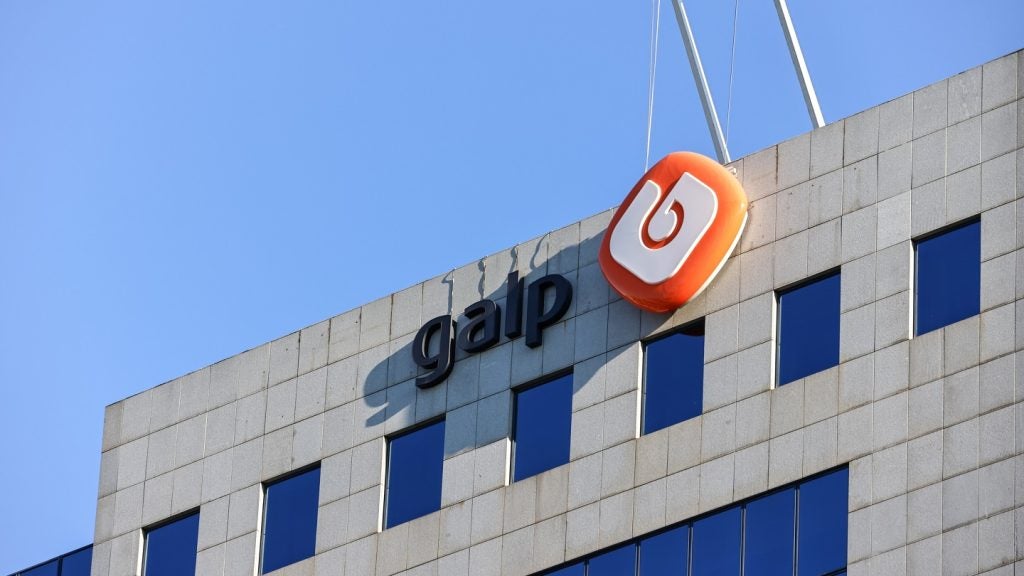Tartaruga is a producing conventional oil field located in shallow water in Brazil and is operated by Maha Energy Brasil. According to GlobalData, who tracks more than 34,000 active and developing oil and gas fields worldwide, the field is located in block S107 (Tartaruga), with water depth of 46 feet. Buy the profile here.
Two expansion projects are associated with the Tartaruga conventional oil field, namely the Tartaruga TTG-5 Development and the Tartaruga TTG-4 Development . The expansion projects are currently in the feasibility stage.
Field participation details
The field is owned by Petroleo Brasileiro and PetroReconcavo.
Production from Tartaruga
The Tartaruga conventional oil field recovered 68.09% of its total recoverable reserves, with peak production in 2020. Based on economic assumptions, production will continue until the field reaches its economic limit in 2047.
See Also:
About Maha Energy Brasil
Maha Energy Brasil Ltda (Maha Energy) is involved in exploration and production of oil and gas. It is headquartered in Rio de Janeiro, Brazil.
For more details on the Tartaruga Conventional Oil Field, buy the profile here.
Premium Insights
From

The gold standard of business intelligence.
Blending expert knowledge with cutting-edge technology, GlobalData’s unrivalled proprietary data will enable you to decode what’s happening in your market. You can make better informed decisions and gain a future-proof advantage over your competitors.






